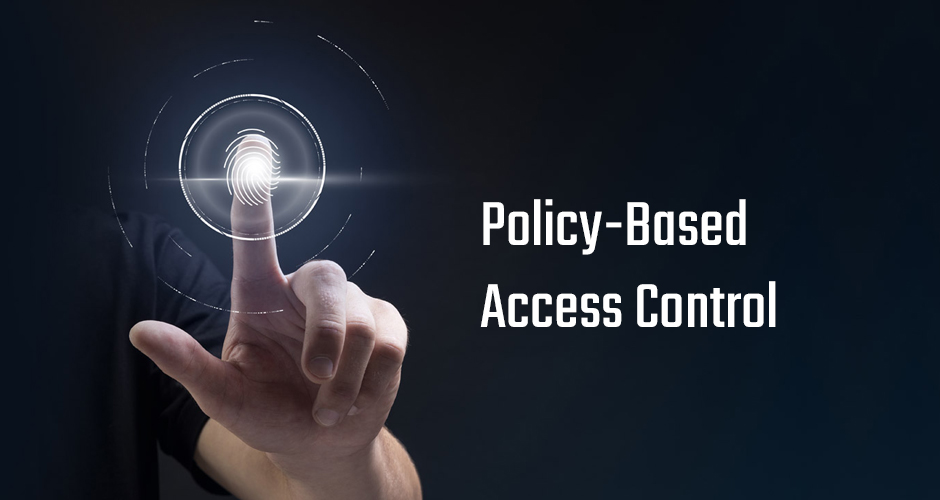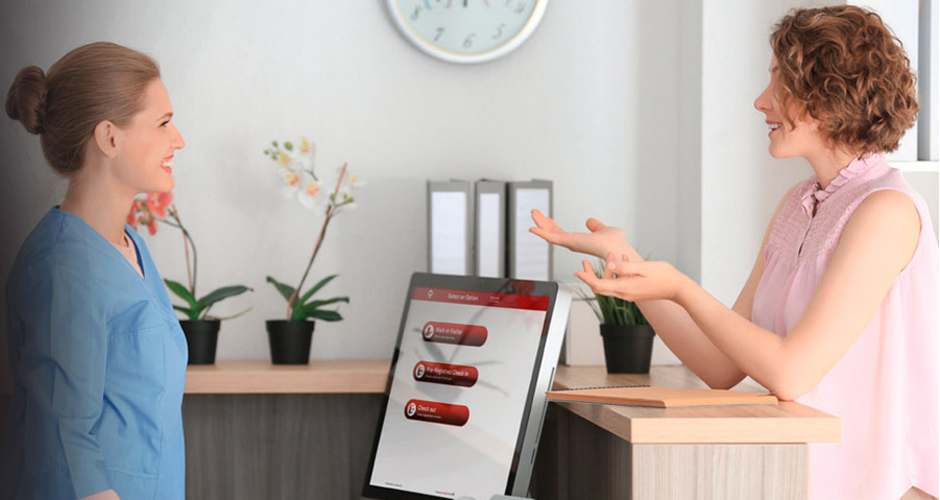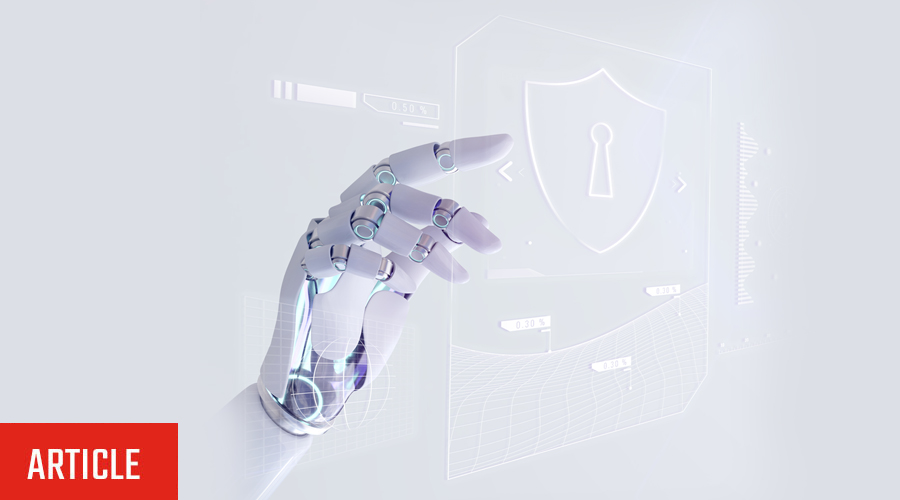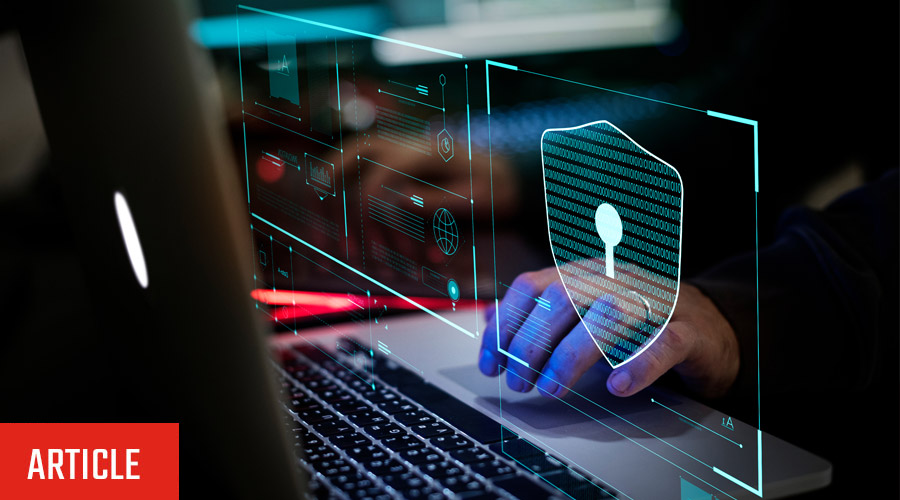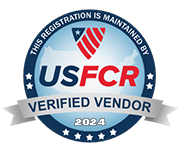GSX
Documentation

Alert Enterprise Achieves SOC 2 Type 2 Certification
Blog Here at Alert Enterprise, we’re in the business of

The Secret to Securing Enterprise Data While Using Generative AI? Just Ask Guardian.
Modern businesses face new, emerging security challenges as digitization increases and the boundaries between physical and cyber environments rapidly blur.

Guardian by Alert Enterprise: Less coffee badging, more accountability
Blog Meet John. John works for a large enterprise with
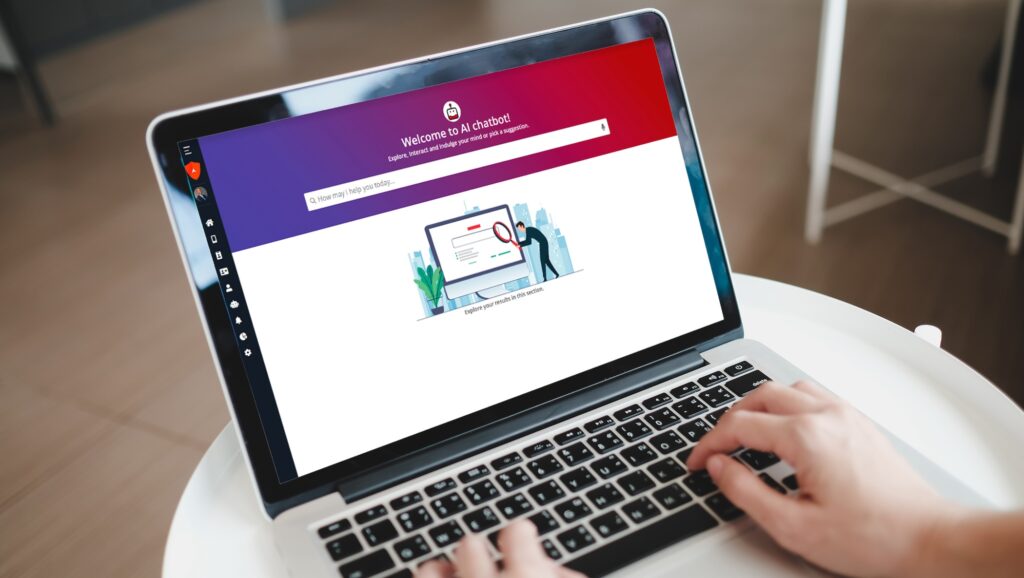
Securing the Future: How Alert Enterprise Addresses the 2025 Security Megatrends
What’s trending for 2025? Look no further than the 2025 Security Industry Association’s Security Megatrends Report, which uses research, focus groups and surveys to forecast security’s most prevalent topics in the New Year.

Enter a safer, smarter workplace with Alert Enterprise and Microsoft
We’re redefining workplace security and access management by adding innovative integrations to Microsoft. From our Guardian Microsoft Outlook Plugin to our participation in the Microsoft Copilot for Security Partner Ecosystem, we deliver cutting-edge solutions to simplify security, streamline access and boost productivity.

Leveraging Alert Enterprise Visitor Management to Meet CTPAT Physical Access Control Requirements
Blog As the digital age progresses, ensuring robust supply physical

Juggling the Complexities of Physical Security: How Guardian PIAM Helps Security Managers Keep Everything in Balance
Modern businesses face new, emerging security challenges as digitization increases and the boundaries between physical and cyber environments rapidly blur.
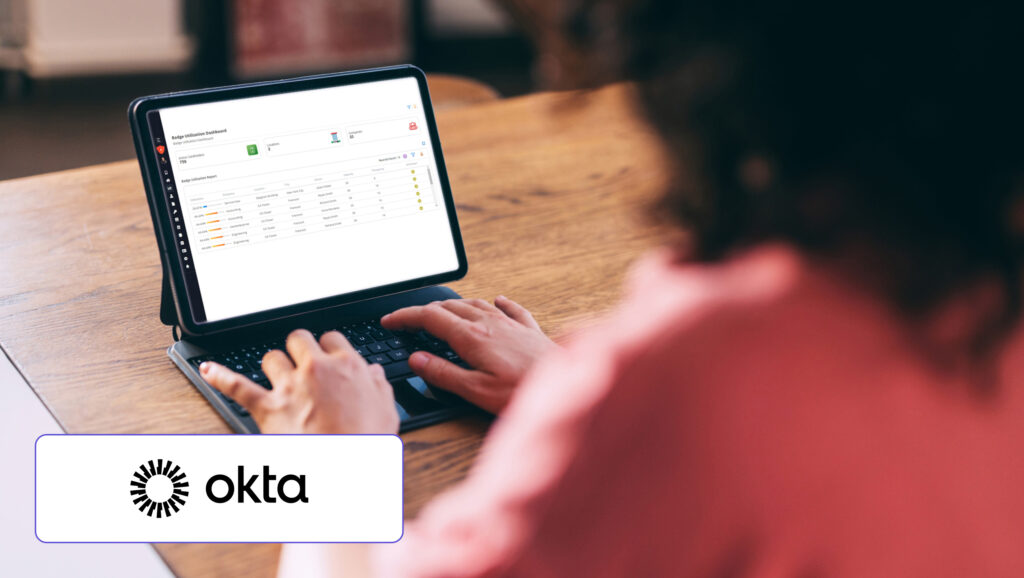
Enhancing Physical Access Control with Alert Enterprise’s Okta Connector
Modern businesses face new, emerging security challenges as digitization increases and the boundaries between physical and cyber environments rapidly blur.

Alert Enterprise to unite IT and physical security teams with AI using IBM watsonx
Modern businesses face new, emerging security challenges as digitization increases and the boundaries between physical and cyber environments rapidly blur.
Your employees need fast, simple access to the doors and areas where they work. But you also have to keep those same physical spaces secure and in compliance. Ensuring only the right people get the correct level of access
The software automatically vets visitors against internal and third-party watch lists and provides
configurable alerts and workflows based on visitor status, creating critical new layers of protection for staff, patients and visitors alike. The integration will help healthcare providers deliver a higher standard of security and compliance while providing a positive, friction-free guest and host experience.
Policy-based access control (PBAC) has proved too complex for most physical access control systems (PACs) – until now. As organizations across industries face evolving security threats and more complicated hybrid work schedules for every type of employee, PBAC just might be the Zero Trust physical security solution we’ve all been waiting for.
Security is of the utmost importance in the healthcare setting so that patients and staff alike can focus their attention on improved clinical outcomes. Unfortunately, visitors are often a contributing factor to safety incidents – and the burden on hospital staff has increased exponentially since the onset of the pandemic. Let’s review the current state of healthcare workplace safety and how an automated, cyber-physical approach can help eliminate administrative hassle and strengthen safety protocols.
Every second, 127 new IoT devices connect to the internet according to Security Magazine. And
that’s not including personal devices like smartphones or tablets. The cyber-physical world is here to stay – and it brings with it an ever-expanding attack vector, plopped in the lap of the modern enterprise to try and protect.
At the enterprise level, physical security has taken a backseat to growing cybersecurity concerns over the years. However, with new COVID-related initiatives centered on managing workplace access, the physical team has a chance to take a seat at the executive table and make a meaningful impact on digital transformation efforts.
Protecting enterprise data is a top priority for everyone at Alert Enterprise. We’re constantly updating our processes, tools and practices to make sure our solutions effectively mitigate risk and maintain confidentiality while enhancing productivity. As part of that effort, we’re happy to announce that we have successfully completed Service Organization Control (SOC 2) Type 1 Audit certification.
According to the U.S. Bureau of Labor Statistics, a record 4.4 million Americans quit their jobs in September 2021. And while no one determining factor fully explains the “Great Resignation,” economists and psychologists alike suggest that changing attitudes toward the role of work in the human experience – should it come before childcare? Is it worth viral exposure? – are a key driver.
Protecting the modern enterprise tends to become a task of safeguarding against digital threats – and with good reason. According to the Ponemon Institute’s 2021 “Cost of Data Breach Study,” the average cost of a data breach in the United States has hit an all-time high, coming in at a cool $4.24M – up 10% from last year.
But as hybrid models take the lead in shaping the future of work, many executives don’t feel prepared to support the operational shift. In a recent survey by Riverbed and Aternity, only 32% indicated that they were “completely prepared” for a transition to hybrid work. Among other challenges, leadership faces new complexities in digital and physical access management that threaten both the employee experience and a company’s overall security posture.
